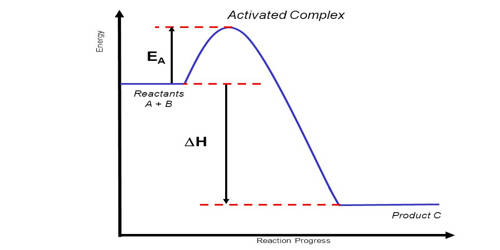A grievance is any alleged violation of the contract, past practice, employer rules, previous grievance or arbitration settlements, or any violation of any laws, such as OSHA, ADA, FMLA, or EEOC regulations on race, age or sex discrimination. An employer has a legal obligation to provide (whether unionized or non- unionized), in the written statement of terms and conditions of employment, details of the person to whom any employee who has a grievance should apply. A grievance procedure sets out how such an application should be made and how it will be dealt with. The procedure should aim to settle the grievance as quickly, fairly, and as near to the point of origin as possible. In practice this means that the issue should, more often than not, be settled by the employee’s immediate supervisor or line manager. However, the procedure should describe what will happen if the grievance cannot be resolved at this level.
According to Keith Davis – “Grievance is any real or imagined feeling of personal injustice that an employee has about the employment relationship.”
Types of Grievances:
- Factual: Based on facts, Arise from faulty implementation of HRP.
- Imaginary: Based on expectations of employees, Arise from ambiguities in service condition.
- Disguised: Arise from hidden reasons which are ignored by organizations.
















